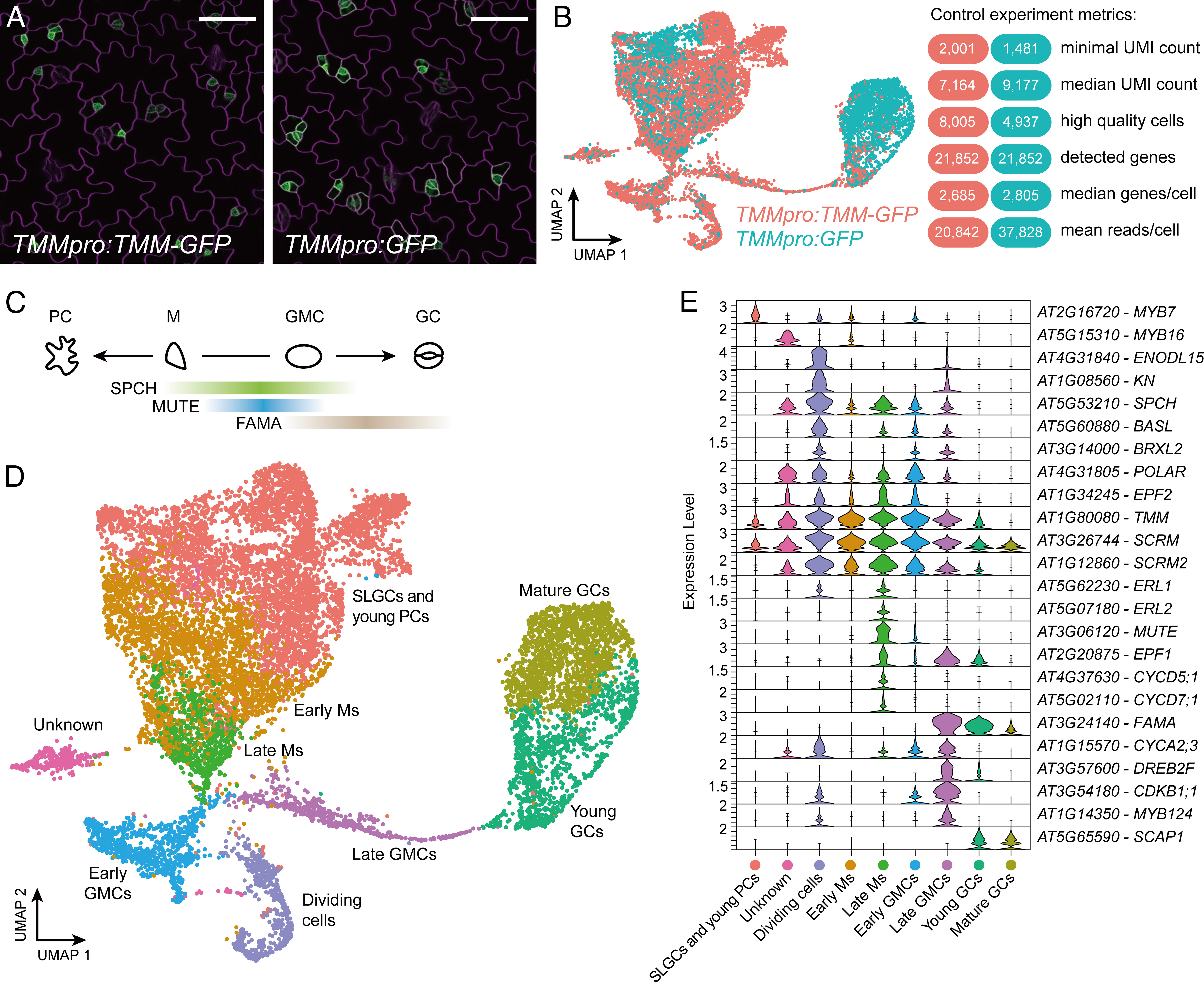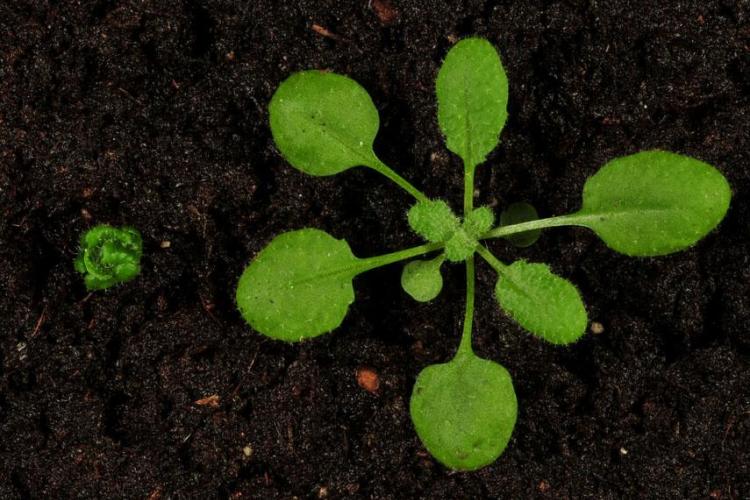In Arabidopsis, brassinosteroids are perceived by receptor kinases that transduce the signal from the cell surface to the nucleus by an intracellular cascade of phosphorylation mediated protein-protein interactions, involving kinases, phosphatases, 14-3-3 proteins, and nuclear transcription factors. In addition, brassinosteroid signalling is regulated by the plant endocytic machinery because an increased endosomal localization of the brassinosteroid receptor enhances the signalling.
The main objective of the group is to combine genetic, molecular and cell biology tools to study the mechanism of brassinosteroid signalling regulation in plants. One aspect of the research is to understand the subcellular compartmentalization and trafficking of brassinosteroid receptor complexes and their relevance to brassinosteroids physiological responses. We use chemical genomics and proteomics to investigate the subcellular localization, mobility, transport routes and binding interactions of different brassinosteroid signalling components. In addition, we want to position important downstream brassinosteroid signalling regulators such as the Arabidopsis GSK3-like kinases in subcellular compartments important for brassinosteroid receptor activity.
The potential application of brassinosteroids in agriculture is based not only on their ability to increase crop yields, but also on the fact that they increase resistance to different stress conditions, such as high salinity, drought, and fungal and viral infections. Thus, unravelling the regulatory mechanisms of brassinosteroid signalling on the level of signalling components, brassinosteroid target genes, and endomembrane trafficking regulators, or identifying chemicals that modulate any of those components can be used to develop selective strategies for high-yielding plants.
-
 Brassinosteroid signaling regulation in plants
Brassinosteroid signaling regulation in plants
